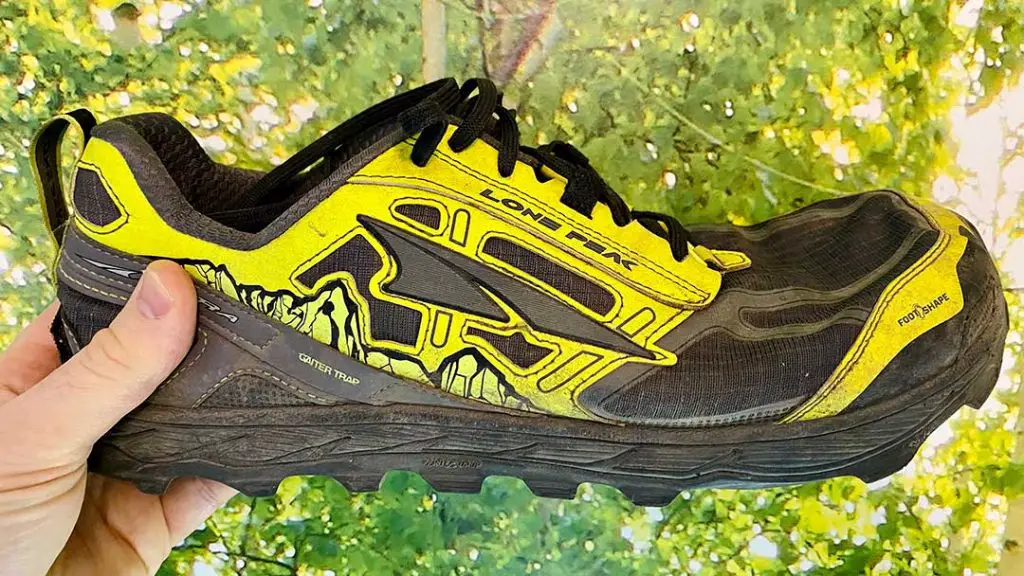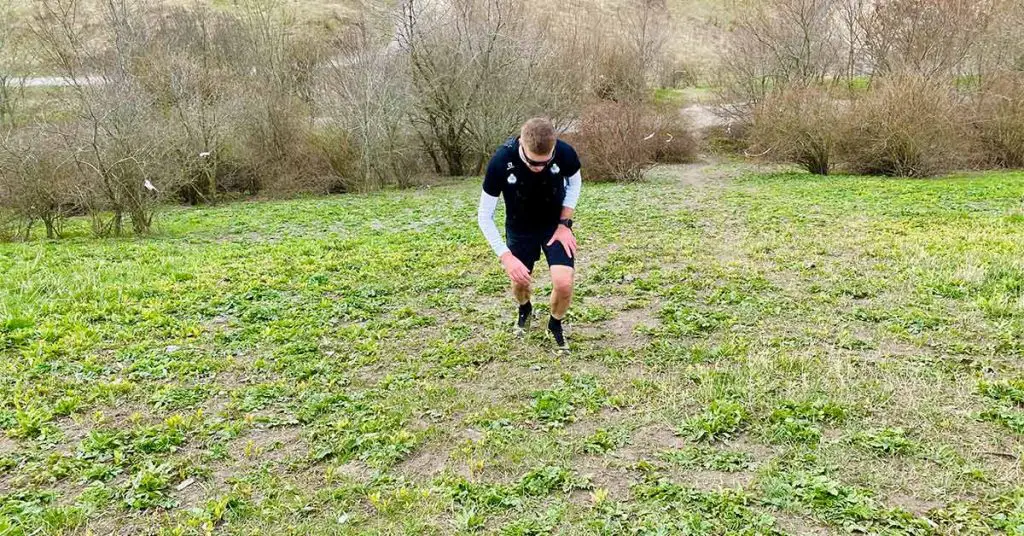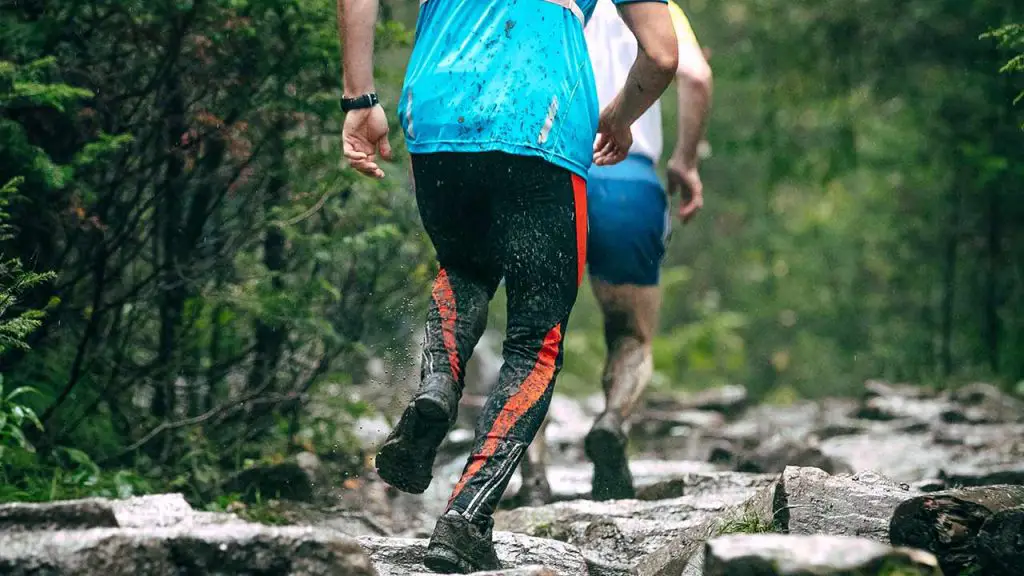Estimated read time: 3 minutes.
If you’re looking for a new trail running shoe, you may have come across the term “zero drop.” But what does that mean? And is it important for trail runners? We’ll answer all of your questions about zero-drop trail running shoes in this guide!
A zero-drop trail running shoe is a type of footwear with a heel and toe height of the exact measurement. This means that your toes and heels are at the same level when you stand in them. In other words, there is no “drop” between the two measurements.
Trail running zero drop shoes usually have a thinner midsole, making them more sensitive to the ground and allowing for a more “natural” stride. But there are also shoes with thick midsoles that provide more protection from the terrain.
Why Use a Zero-Drop Trail Running Shoe?
There are a few reasons why you might want to switch to a zero-drop trail running shoe. For one, they can help improve your posture and alignment while running. This is because when your heel is the same height as your toes, it encourages natural foot positioning and prevents excessive pronation (or rolling of the foot).
Additionally, many runners find that zero-drop shoes allow them to run with a more “natural” stride, which can be helpful for avoiding injuries. But it is first necessary to build up the muscles in your feet and calves before making the switch to a zero-drop shoe, as they are less forgiving than traditional running shoes.
Another benefit of zero-drop trail shoes is that they can make you feel more connected to the ground. This is because there is less padding between your foot and the surface, which allows you to feel what’s going on underneath your feet better. This can be helpful for runners who are looking to improve their technique or who are trying to avoid injuries by being more aware.
Often, trail running shoes have a wider toe box than traditional running shoes, which can be helpful for runners with wider feet or those who enjoy a more “barefoot” feel. A wider toe box can also help reduce the risk of blisters that can form when your toes are cramped together. And finally, using a zero-drop shoe can help improve your overall balance and stability while running trails.
What Are the Downsides to Wearing Zero-Drop Trail Running Shoes?
There are a few potential downsides to wearing zero-drop shoes. For one, they can be less forgiving than traditional running shoes if you’re not used to them. This is because they place more emphasis on your foot’s natural movement and alignment, which can take some getting used to.
Zero Drop shoes can put more load on your calves and Achilles tendon, so if you’re transitioning to them, be sure to take it slowly. In the beginning, just use them for shorter runs and gradually work up to longer distances.
Additionally, because zero-drop shoes are designed to mimic barefoot running, they may not be as cushioned or supportive as traditional running shoes. This can lead to more fatigue and soreness in your feet and legs if you’re not used to them.
There is a debate regarding stress fracture rates in runners who switch to zero-drop shoes. Transition too fast to a zero drop shoe, and you may be asking for trouble. You need to listen to your body responsively, and if something hurts, stop running in them.
Which Zero Drop Trail Running Shoes Should I Look For?
There are several different zero-drop trail running shoes on the market, so it can be tricky to determine which ones are right for you. Here are a few of our favorites:
Altra
This brand is well-known for its zero drop shoes, and they offer a variety of models designed specifically for trail running. Altra shoes are known for their wide toe box, which can be helpful for runners with wider feet. They have both minimalistic trail shoes and more supportive shoes with thicker midsoles.
Popular models from Altra are:
- Lone Peak (Best all-around trail shoe)
- Superior (Minimalist/lightweight option)
- Olympus (More cushioned for longer runs)
Other brands to look for include: Inov-8, Vibram, Xero, and Merrell.
Conclusion
Zero drop trail running shoes can be an excellent option for runners looking to improve their posture and alignment, run with a more “natural” stride, or who want to feel more connected to the ground. However, they may not be as forgiving as traditional running shoes, so it’s essential to take it slowly when transitioning to them. And finally, be sure to research the different brands and models before making a purchase. There are many great options out there, so you’re sure to find something that’s perfect for you!
- How Many Laps Around a Track is a 5K: Your Guide - October 22, 2023
- When is Track and Field Season? - October 22, 2023
- Understanding the Length: How Long Is a Running Track? - October 22, 2023



